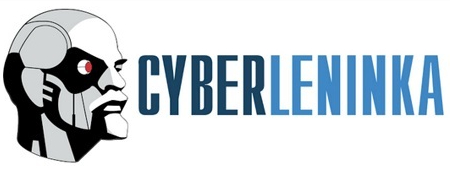Representation of local identity in Kaliningrad linguistic landscape
DOI:
https://doi.org/10.34680/VERBA-2024-2(12)-19-33Keywords:
local identity, linguistic landscape, Kaliningrad, ergonyms, toponyms, anthroponymsAbstract
The article is devoted to the analysis of linguocultural elements presented in the linguistic landscape of Kaliningrad as markers of its residents’ local identity. The basis of the geopolitical uniqueness of the Kaliningrad region is its emergence as a result of the Second World War on the lands of North-East Prussia, which until then had been a part of Germany. The absence of its own historical and cultural roots in the modern population of the region predetermines the peculiarities of local identity construction by means of applying to the elements of Prussian-German prehistory. The aim of the study is to identify the quantitative presence and qualitative composition of the names of commercial objects of Kaliningrad, containing locally labeled Prussian or German components. Taking into account the factor of permanent influence of onomasticon of the city on the linguocultural consciousness of the population, the paper attempts to establish the degree of familiarity of some locally marked units to the city residents. The quantitative analysis has revealed that ergonyms with a Prussian-German component constitute an insignificant part of the total number of commercial names. The use of some of them in a number of names multiplies the effect of the presence of post-German locality and forms a permanent visual background, within which the foreign historical past is acculturated and perceived as its own, culturally mastered present. The most frequent markers of German locality in ergonymic nominations include the former name of the region and the city (Königsberg, Prussia), as well as the surname of the philosopher Immanuel Kant. The graphical form of locally marked ergonyms varies from the spelling typical of German or Russian to different variants of combined graphics. The survey of Kaliningrad respondents has revealed that the names of commercial establishments, which include the astyonym Königsberg and the choronym Prussia in their composition, are among the well-known ones, while the names based on the use of German hodonyms, agoronyms and anthroponyms are not among the number of significant elements of the linguistic landscape forming the local identity of the residents.
Downloads
Downloads
Published
How to Cite
Issue
Section
License
Copyright (c) 2024 Verba

This work is licensed under a Creative Commons Attribution-NonCommercial 4.0 International License.








